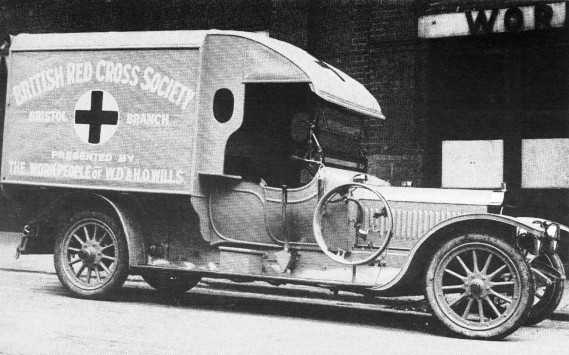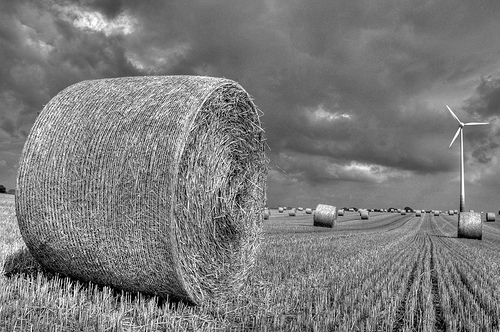Lots of nonsense is talked about brands.
Especially these days when the entire marketing community seems to have gone beardy weirdy, believing that cosumers and brands are now best buddies. This approach largely ignores the small issue of capitalism – the way that businesses extract a profit from the consumer.
For me the primary service a brand delivers to a business is in getting consumers to do things that are irrational and often against their best interests – to trade-off price, quality or service. If not why would a business have them?
And two retail experiences pointed this up to me in their very different ways – Wholefoods Market and Ikea.


